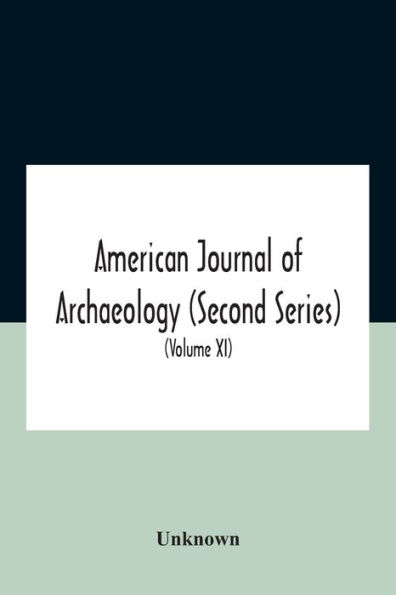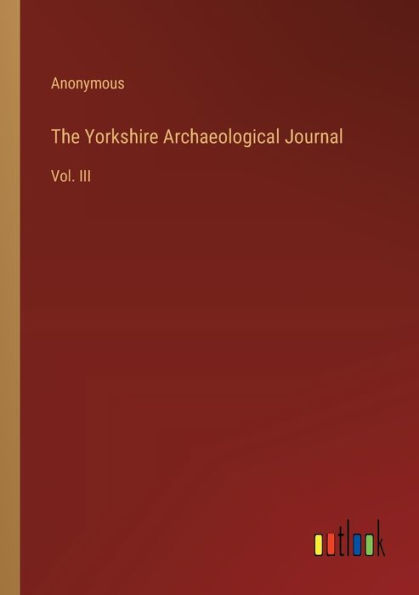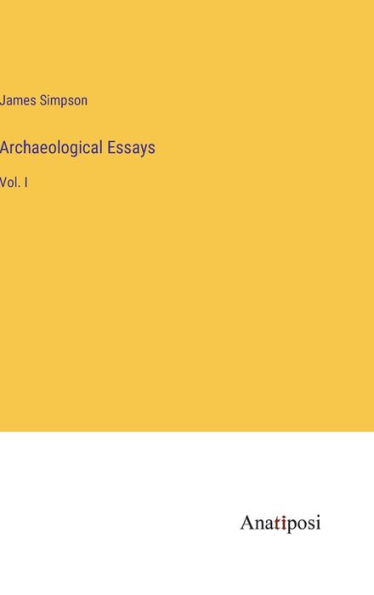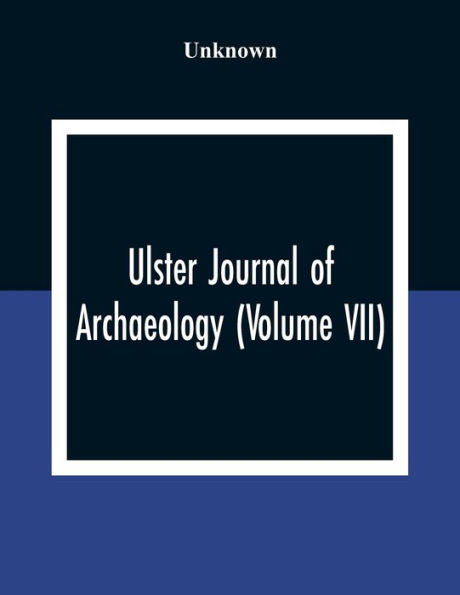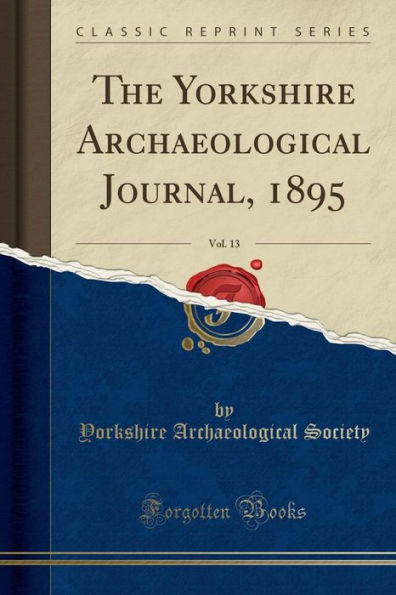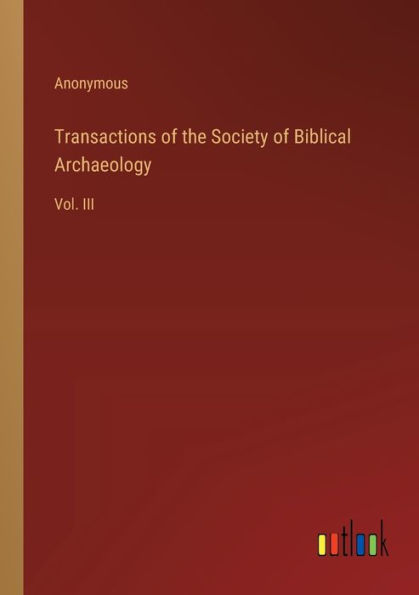Home
The Archaeological Journal, 1883, Vol. 40: Published Under the Direction of the Council of the Royal Archaeological Institute of Great Britain and Ireland, for the Encouragement and Prosecution of Researches Into the Arts and Monuments of the Early and Mi
Barnes and Noble
The Archaeological Journal, 1883, Vol. 40: Published Under the Direction of the Council of the Royal Archaeological Institute of Great Britain and Ireland, for the Encouragement and Prosecution of Researches Into the Arts and Monuments of the Early and Mi
Current price: $35.57


Barnes and Noble
The Archaeological Journal, 1883, Vol. 40: Published Under the Direction of the Council of the Royal Archaeological Institute of Great Britain and Ireland, for the Encouragement and Prosecution of Researches Into the Arts and Monuments of the Early and Mi
Current price: $35.57
Size: OS
Loading Inventory...
*Product information may vary - to confirm product availability, pricing, shipping and return information please contact Barnes and Noble
Excerpt from The Archaeological Journal, 1883, Vol. 40: Published Under the Direction of the Council of the Royal Archaeological Institute of Great Britain and Ireland, for the Encouragement and Prosecution of Researches Into the Arts and Monuments of the Early and Middle Ages
The words ale and beer are now used indiscriminately to signify fermented drink made from malt. Formerly there seems to have been a well understood difference between them. Ale was a sweet drink made without hops or other bitter herbs; beer was a similar liquor flavoured with heps. In the Latin Account Rolls of the fifteenth century, cerevisia, when it stands alone, seems to mean this sweet ale cerevisia hummulina this hopped beer. There is a vague tradition, which has been sup ported, as most vague traditions are, by most respectable authorities, that hops were unknown in England before the reign of Henry VIII.
Hops, Reformation, Carp, and Beer, Came into England in one year.
About the Publisher
Forgotten Books publishes hundreds of thousands of rare and classic books. Find more at www.forgottenbooks.com
This book is a reproduction of an important historical work. Forgotten Books uses state-of-the-art technology to digitally reconstruct the work, preserving the original format whilst repairing imperfections present in the aged copy. In rare cases, an imperfection in the original, such as a blemish or missing page, may be replicated in our edition. We do, however, repair the vast majority of imperfections successfully; any imperfections that remain are intentionally left to preserve the state of such historical works.


